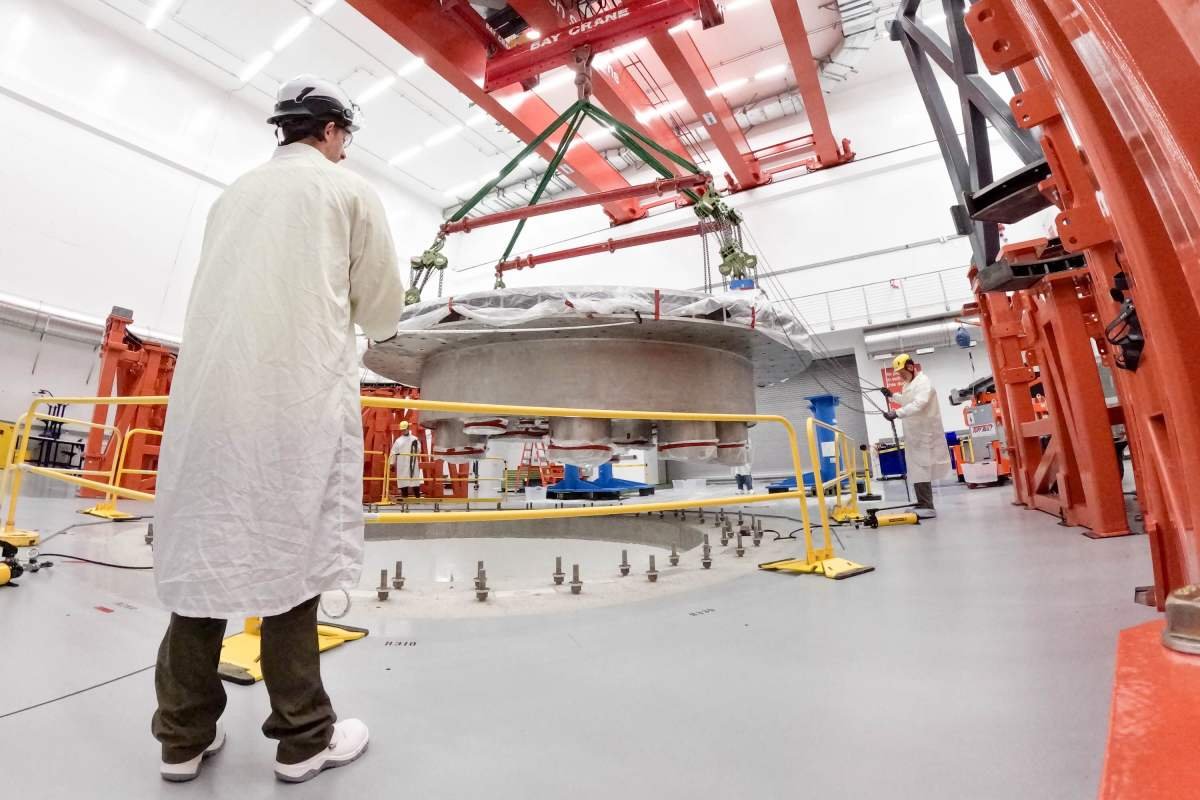Nvidia, Google, Bill Gates Back $863M Fusion Energy Funding

▼ Summary
– Commonwealth Fusion Systems raised $863 million from investors including Nvidia and Google, bringing its total funding to nearly $3 billion.
– The company is building a prototype reactor called Sparc, expected to achieve scientific breakeven by 2027.
– CFS plans to construct a commercial-scale power plant called Arc starting in 2027 or 2028, assuming no major issues arise from Sparc.
– Fusion power has gained investor interest due to advances in computing and AI accelerating research and development.
– The company has secured a deal with Google to purchase 200 megawatts from Arc, though funding for the commercial plant remains uncertain.
Commonwealth Fusion Systems has secured an impressive $863 million in new funding, drawing support from a powerful consortium of investors including Nvidia, Google, and Breakthrough Energy Ventures. This substantial financial backing underscores growing confidence in the viability of commercial fusion energy, a field once considered purely experimental. The Massachusetts-based startup has now raised nearly $3 billion in total, making it the best-funded private fusion company in the world.
According to CEO Bob Mumgaard, this latest investment isn’t just about proving the science, it’s about accelerating the transition from research to real-world application. “We’re focused on advancing fusion as rapidly as possible,” he explained. “This capital is about turning fusion into a commercial industrial endeavor.”
Fusion energy, which replicates the process powering the sun, has long been hailed as a potential source of clean, nearly limitless power. Recent advances in computing and artificial intelligence have dramatically accelerated research, attracting both startups and major investors to the sector. Inside a fusion reactor, atoms are superheated into plasma and forced together under immense pressure, releasing vast amounts of energy when they fuse.
Commonwealth Fusion Systems is currently constructing a prototype reactor named Sparc in a Boston suburb. The company aims to activate the device next year and achieve scientific breakeven by 2027, a critical milestone where the reaction generates more energy than it consumes. While Sparc won’t feed electricity into the grid, its success is essential for validating the company’s approach.
The design relies on tokamak technology, which uses powerful superconducting magnets to contain and compress plasma. Though the principles are well-understood in research circles, scaling them for commercial use presents significant engineering challenges. “We know the idea should work,” noted Saskia Mordijck, an associate professor of physics. “The question is how it will perform in practice.”
If Sparc operates as planned, CFS intends to break ground on its first commercial power plant, called Arc, in Virginia around 2027 or 2028. The company has already signed an agreement with Google to supply 200 megawatts of electricity from Arc once it becomes operational.
The recent funding round attracted both returning and new investors. Existing backers like Gates Frontier, Khosla Ventures, and Tiger Global increased their stakes, while newcomers including Nvidia’s NVentures, Morgan Stanley’s Counterpoint Global, and a consortium of Japanese firms led by Mitsui and Mitsubishi joined the effort.
This diverse investor base may prove valuable as CFS works to establish a robust supply chain and secure partners for construction and power offtake. Still, Mumgaard acknowledges that building Arc will require significantly more capital, likely several billion dollars, and the funding structure remains uncertain. “Being first-of-its-kind technology affects where capital will come from,” he said. “We’re committed to making it happen, and so are our investors.”
(Source: TechCrunch)
